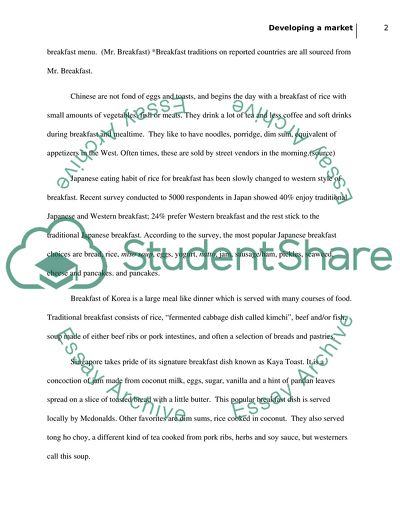Cite this document
(The Market Entry into Indian Breakfast Cereal Market Case Study, n.d.)
The Market Entry into Indian Breakfast Cereal Market Case Study. https://studentshare.org/marketing/1738271-developing-markering-pratice
The Market Entry into Indian Breakfast Cereal Market Case Study. https://studentshare.org/marketing/1738271-developing-markering-pratice
(The Market Entry into Indian Breakfast Cereal Market Case Study)
The Market Entry into Indian Breakfast Cereal Market Case Study. https://studentshare.org/marketing/1738271-developing-markering-pratice.
The Market Entry into Indian Breakfast Cereal Market Case Study. https://studentshare.org/marketing/1738271-developing-markering-pratice.
“The Market Entry into Indian Breakfast Cereal Market Case Study”. https://studentshare.org/marketing/1738271-developing-markering-pratice.


